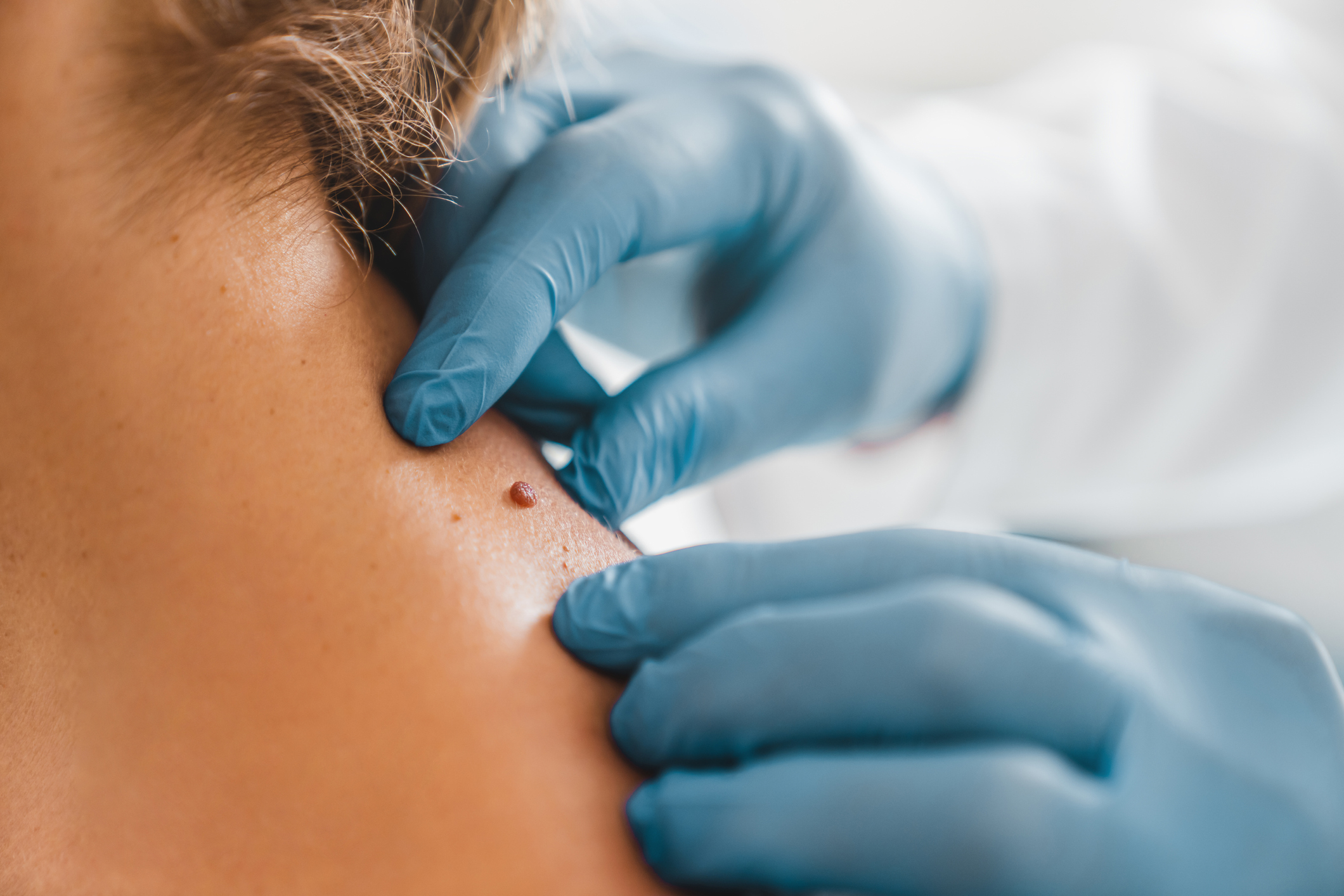Skin Cancer Surgery
Overview
 Skin cancer is a condition affecting an ever-growing number of people across the United States (and the world). Treating this increasingly common kind of cancer demands the skill of an expert surgeon. Mohs micrographic surgery has become a very prevalent surgical technique to remove Basal Cell Carcinoma and Squamous Cell Carcinoma (BCCs and SCCs)—the two most common types of skin cancer.
Skin cancer is a condition affecting an ever-growing number of people across the United States (and the world). Treating this increasingly common kind of cancer demands the skill of an expert surgeon. Mohs micrographic surgery has become a very prevalent surgical technique to remove Basal Cell Carcinoma and Squamous Cell Carcinoma (BCCs and SCCs)—the two most common types of skin cancer.
Types of Skin Cancer
Basal Cell Carcinoma can be defined as abnormal uncontrolled growths that arise in the skin’s basal cells, which are located in the epidermis (outermost layer of the skin). These carcinomas tend to look like open sores, scars, reddish growths, etc., and are generally caused by significant sun exposure. The plastic surgeons of Summit Health can evaluate, diagnose, and effectively treat this condition—call us today.
Squamous Cell Carcinoma is a grouping of abnormal cells in the epidermis. Carcinomas in this region appears to be raised bumps, sores, warts, scaled red patches, etc. This type of skin cancer can be especially deadly if left untreated. There are an estimated +800,000 cases of Squamous Cell Carcinoma diagnosed per year in the United States alone. Summit Health can evaluate, diagnose, and effectively treat this condition—call us today.
Melanoma is a type of cancer originating in melanocytes, or cells that are responsible for producing pigment in the skin. Often originating from a mole, Melanoma can penetrate and grow deep into our layers of skin.
After a melanoma begins to grow around the site of a mole, it can eventually spread to the lymph nodes and other parts of the body. Once it reaches this level of growth, it is considered a tumor. Treatment is based on the "thickness,” or how deep the tumor has penetrated the skin.
To treat this type of melanoma, a sentinel lymph node biopsy (SNB) is required. This can determine if the cancer has spread to the lymph nodes of the body. A harmless radioactive substance is injected at the site where the melanoma originated and then followed to the sentinel lymph node. Your surgeon will remove one or a few of these lymph nodes to check for the presence of melanoma cells.
This is a very crucial and complicated process. If you are at risk for any type of skin cancer, call the experts at Summit Health and schedule a free consultation to discuss your options.










